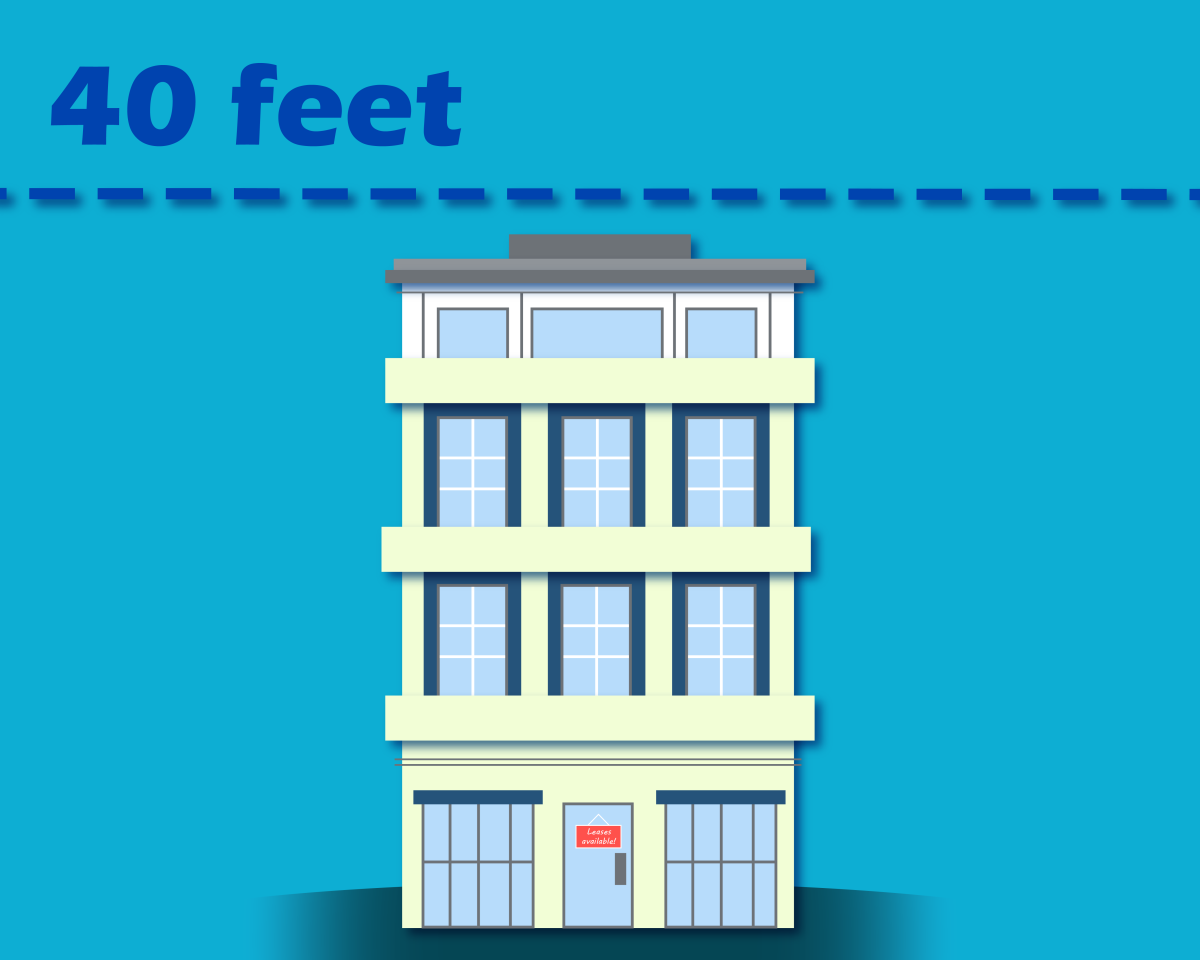Raleigh is a city in flux. Rapid population growth in Wake County — estimated at a gain of 63 people per day by WUNC — has emerged as a result of the Triangle’s increasing status as a tech hub, leading to steadily increasing housing prices in our university’s host city.
In the state of the city and state of the county addresses, delivered earlier this month to the Greater Raleigh Chamber of Commerce, affordable housing was top of the priorities list. According to The News & Observer, a recent analysis proposed giving developers “quicker approval of permits, rebates on some fees, fewer parking requirements, more units per acre in their projects” and other incentives.
Notably absent from this list is significant alterations to Raleigh’s zoning laws, especially height restrictions on new buildings. Currently, all residential zones are limited to a maximum height of 40 feet, and other mixed-use zones have limits of 40 or 50 feet. Although various zones permit anywhere from two to 30 “dwelling units per acre,” there’s a limited number of livable spaces that can be built with these height restrictions.
These zoning restrictions limit supply, and thus raise housing prices throughout the city. This forces builders to spread out into the surrounding areas, negatively impacting traffic and the environment. A piece by the Atlantic goes in depth into the history of skyscrapers and urban growth, highlighting the role of vertical growth in keeping prices in check.
The piece uses the examples of New York City and Chicago to illustrate how changes in zoning laws can negatively impact a city’s growth. New York was experiencing growing pains in the early 20th century, as huge inflows of workers sought jobs in the up-and-coming economic powerhouse. Fortunately, this growth coincided with the construction of the first skyscrapers, which enabled housing to keep up with demand, as the old city was newly outfitted in steel and glass.
After the Great Depression, construction slowed dramatically, at first due to a lack of economic interest, but eventually due to a more complex regulatory landscape, which included no less than 13 residential, 12 manufacturing and 41 commercial districts. These restrictions, especially “floor-to-area ratios” which effectively capped building heights, as well as local organizers who thought skyscrapers would render their neighborhoods less attractive both contributed to this issue.
These decisions, well-intentioned though they may be, carry great costs in terms of housing prices. While New York has continued to impede further growth of buildings, Chicago’s “forest of cranes” along the Lake Michigan shoreline has led to housing costs about half of those in Manhattan.
For much of its history, Raleigh has been a fairly small city. That changed between 2000 and 2010 when population shot up from 276,000 to over 406,000, a trend that has largely continued over the past decade. As our city achieves metropolitan population levels, we must transition to a more metropolitan architecture as well.
There are good reasons to preserve historical buildings and the beauty of shorter urban neighborhoods, but these must be weighed with the needs of current and future residents who could easily get priced out of the increasingly competitive housing market.
Housing prices aren’t the only matter at stake, as traffic congestion will also worsen throughout the Triangle if people are pushed ever-further from the city center and forced to commute by car. Raleigh’s sparse public transportation options — a notable negative in our bid for Amazon’s HQ2 — won’t help this problem either, barring large new investments in infrastructure. However, if many people were able to live within walking distance of their employment, it could prevent a sizeable number of cars from clogging the roads.
Raleigh will need a wide array of tactics to address its housing issues, including those already proposed. It seems highly unlikely that we will be able to keep up with demand unless we embrace the lesson that so many other blooming cities have learned: the surest way to cope with rapid urban growth is to reach for the sky.














